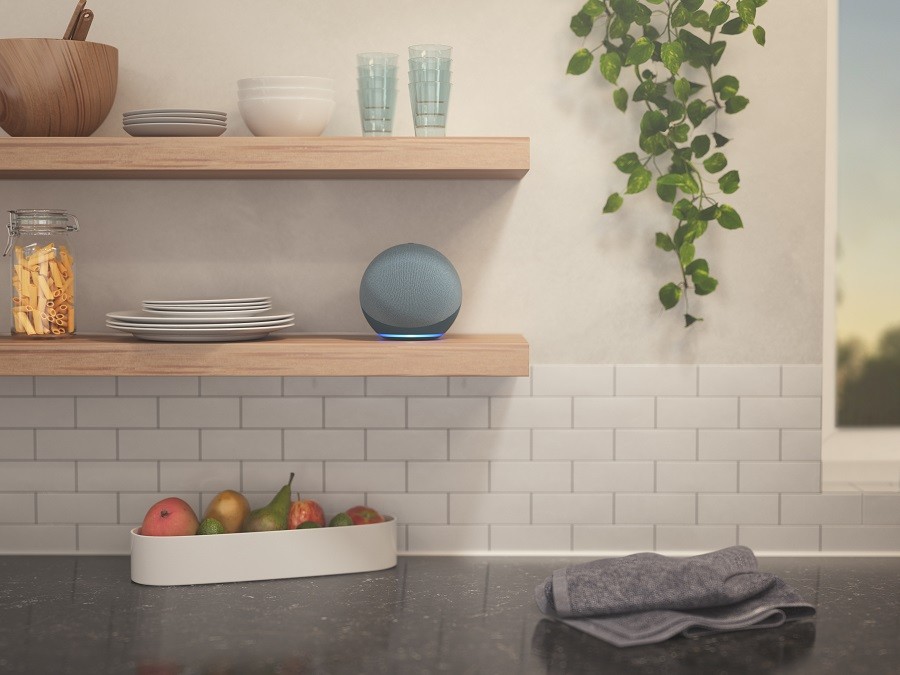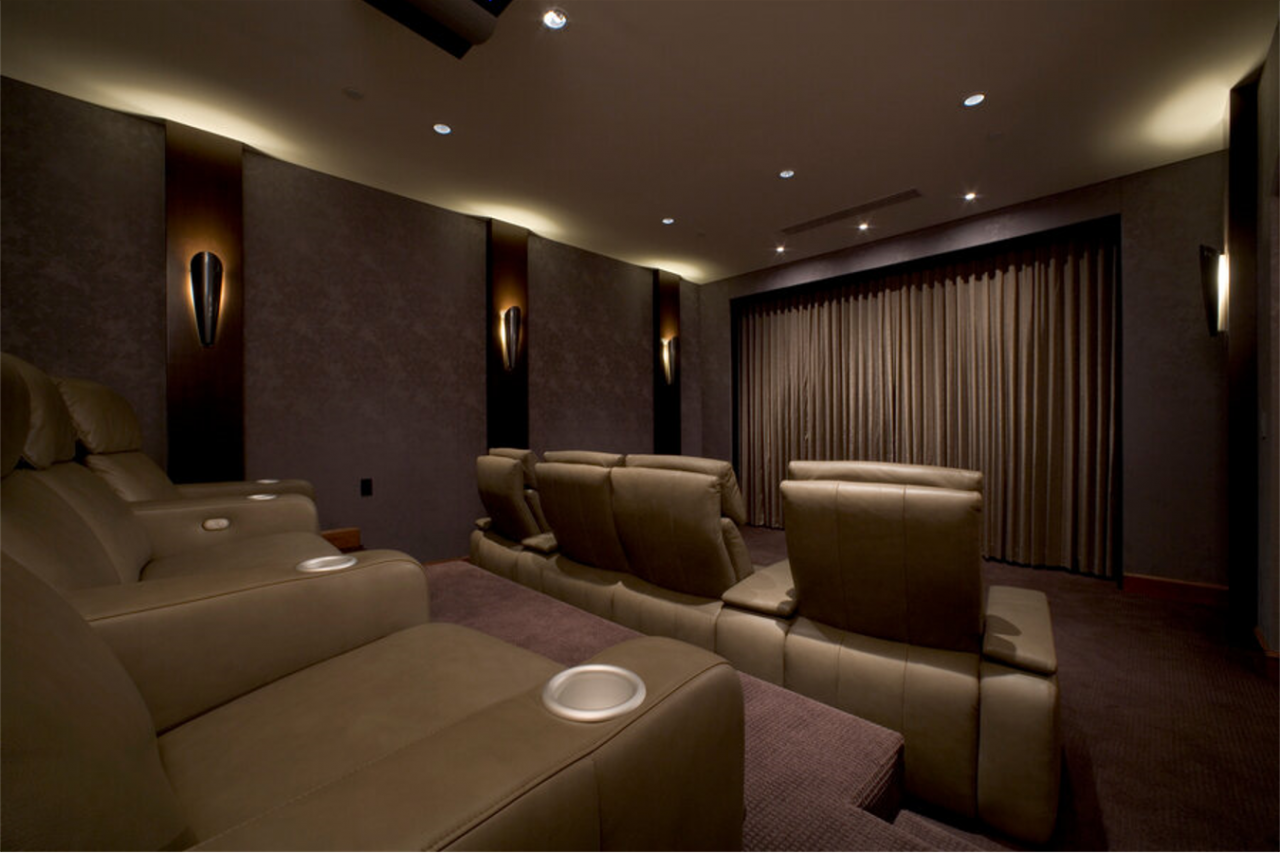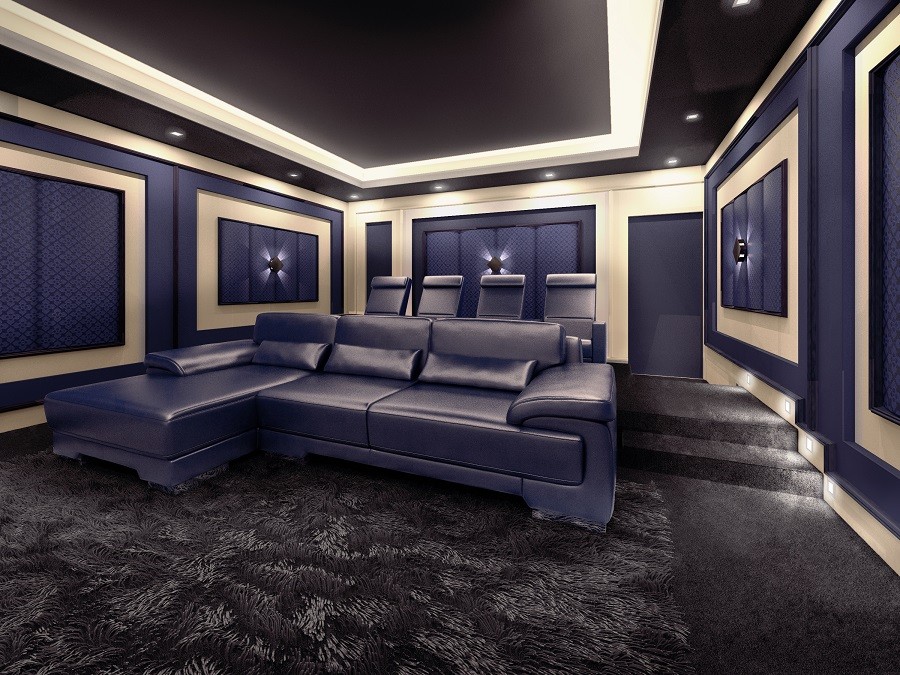The Rise of Voice Control
Voice control for the smart home skyrocketed after Amazon released its first-generation Echo smart speaker in 2014. Two years later, Google followed suit with its release of the Google Home smart speaker, as did Josh.ai with its (albeit higher-end) Josh Micro smart speaker. Of the biggest players in voice control, Apple trailed in last with its HomePod smart speaker in 2018.
Out of the gate, smart speakers could do a lot. Looking specifically at DIY smart speakers like the Amazon Echo and Google Home, they could stream music, set alarms and reminders, answer trivial questions, and more. It didn’t take long for manufacturers to build solutions that would also enable these speakers to be used for sending voice commands to smart home devices.
Voice Control + Home Automation
Control4, a leader in home automation systems, noticed the rising popularity of using voice commands to control smart home devices and officially announced its integration with Amazon Alexa in 2016. Today, Control4 smart homes integrate with all the big players in voice assistant technology!
Something magical happens when you pair voice control with a home automation system like Control4. Not only can you control individual devices in your Park City, UT home, like a door lock or TV, but you can also control multiple devices at once using a single verbal command.
For example, when you get home from work, tell your smart speaker to activate your Evening scene. In seconds, the lights change, the shades lower, the temperature adjusts, and your favorite music plays overhead. Control4 paired with voice control lets you enjoy the power of automation—hands-free.






